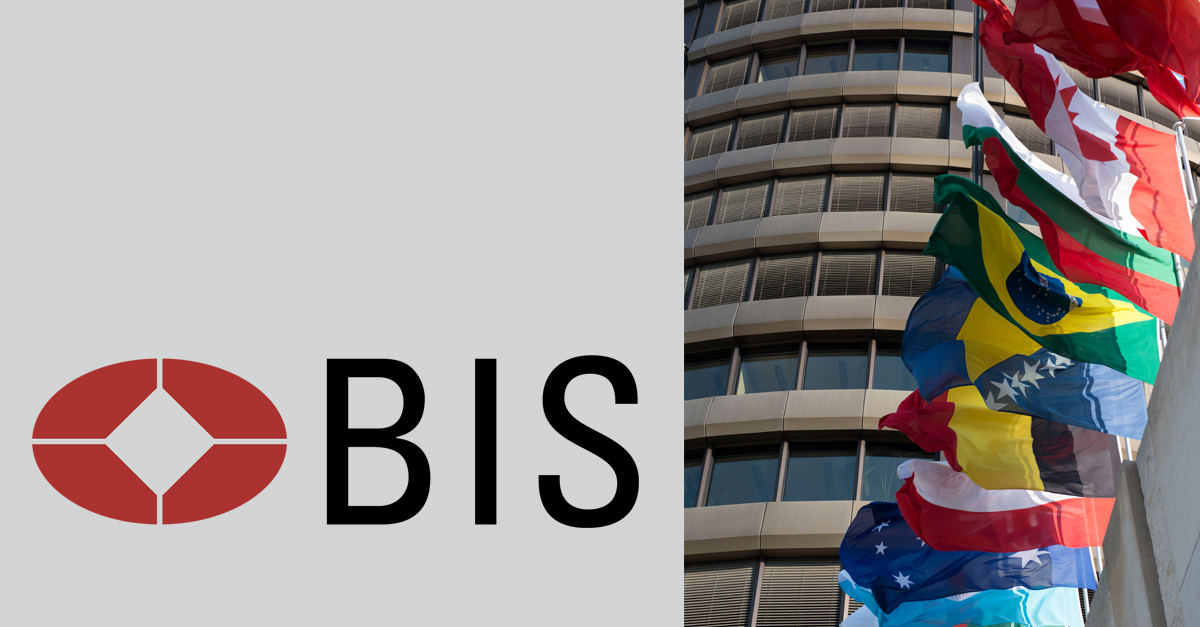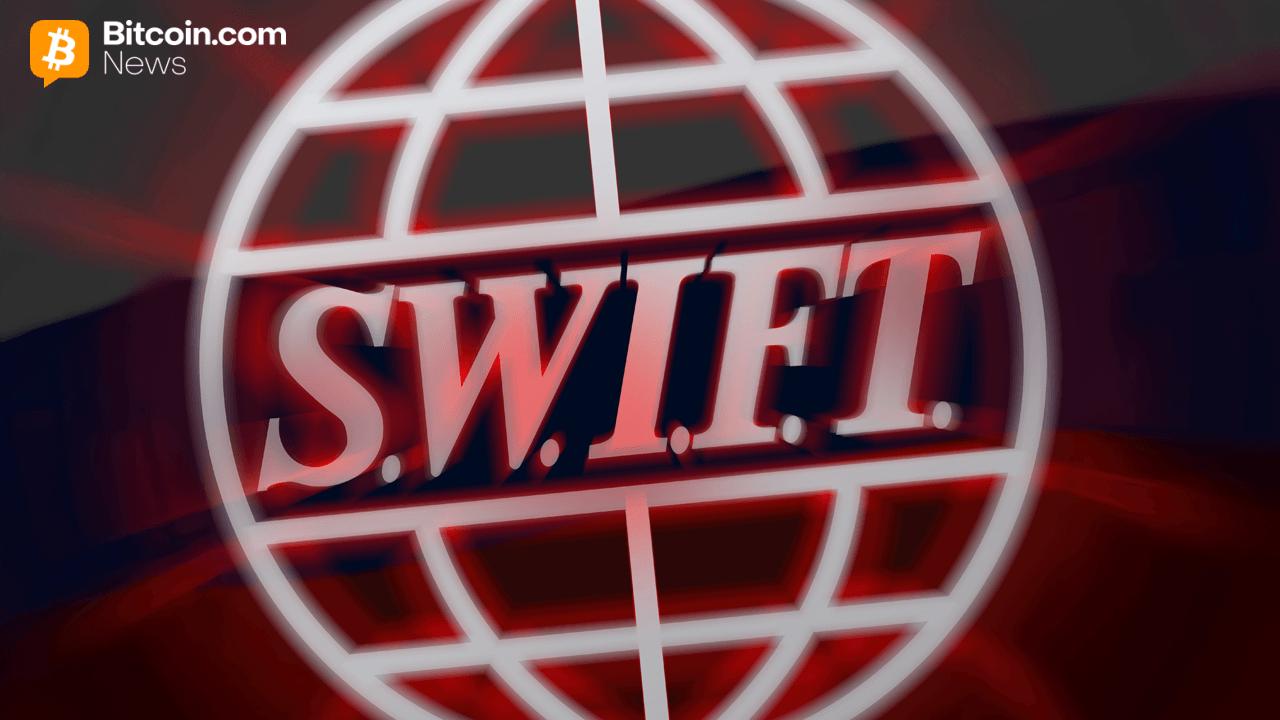Evolution of the Monetary System and Central Banks' Role
Evolution of the Monetary System and Central Banks' Role
Introduction to the Monetary Evolution
The landscape of monetary systems represents a tale of consistent progression, intrinsically linked with technological advancements. History reveals that advances in the monetary framework are often catalysts for economic transformation. From traditional book entries to sophisticated digital records, each evolutionary step has fundamentally reshaped the financial ecosystem, creating new opportunities for growth and innovation.
Central Banks and the Next-Generation Monetary System
As the world embraces digital innovation, central banks are positioned to guide the path toward a modernized monetary system. By leveraging state-of-the-art technologies underpinned by sound regulation, they aim to enhance the accessibility and quality of financial services, while maintaining the reliability and trust provided by central bank reserves. This transition represents a pivotal moment in financial history.
The Concept of Tokenisation
Tokenisation emerges as a pivotal element in the financial metamorphosis, representing the digitization of asset claims onto programmable platforms. This revolutionary process aims to unify operations such as messaging, reconciliation, and asset transfers into seamless, integrated procedures. The innovation promises to mitigate existing inefficiencies and unlock new contractual possibilities, particularly in areas like cross-border payments and capital markets infrastructure.
The narrative of tokenisation takes an exciting turn with its capacity to merge complex financial operations into cohesive processes. Imagine replacing the cumbersome chain of intermediaries in cross-border payments with a single, streamlined operation—dramatically reducing risks, delays, and costs. The transformative power of tokenisation extends beyond optimizing current systems; it unlocks entirely new potential for agreements and transactions.
Unified Ledgers and Digital Integration
In this revolutionary landscape, tokenised central bank reserves, commercial bank currency, and financial assets coexist on a "unified ledger," potentially utilizing distributed ledger technology. This innovative infrastructure promises to deliver unprecedented efficiency and enhance the accessibility of financial services by centralizing various asset forms under one harmonious system.
Unified ledgers represent a breakthrough in financial market infrastructure, enhancing transparency and efficiency across numerous applications, from capital markets to routine banking transactions. By ensuring transactions settle finally in tokenised forms of central bank reserves, unified ledgers maintain the trust and stability inherent in today's financial systems while innovatively expanding their operational capabilities.
Trust and the Singleness of Money
The backbone of any monetary system remains trust. Money functions as a crucial social convention when it is understood and accepted universally at its face value. Central banks ensure this "singleness of money" by providing settlement finality and maintaining stability, thereby preserving the economy's essential coordination mechanisms. This fundamental principle underpins all successful monetary frameworks.
Elasticity and Integrity in the Monetary System
The modern two-tier banking system demonstrates the critical need for elasticity, which allows money to be supplied flexibly to meet varying economic demands. This flexibility ensures smooth transaction flows without interruptions. Meanwhile, integrity is maintained through robust anti-money laundering protocols and comprehensive measures to combat financial crimes, ensuring the system's resilience and maintaining societal trust.
Three crucial tests underpin the reliability of any monetary system: elasticity, integrity, and trust. Modern systems, such as Real-Time Gross Settlement (RTGS), exemplify these capabilities by providing timely intraday liquidity and maintaining operational efficiency across diverse economic conditions.
Challenges and Opportunities with Stablecoins
Stablecoins represent fascinating digital tokens that promise stable value compared to traditional fiat currencies, primarily the US dollar, operating on public blockchains. While the concept of stable digital currency is intriguing, stablecoins introduce significant challenges when examined against the rigorous standards of traditional monetary systems.
These digital assets emerged to bridge the crypto ecosystem with conventional financial systems. However, stablecoins face substantial hurdles in meeting three critical tests: singleness, elasticity, and integrity. Their construction and reliance on traditional asset backing raise concerns about financial crime prevention and monetary sovereignty, particularly as their growth contributes to stealth dollarization in countries with volatile currencies.
Central Bank Initiatives and Innovation
Central banks are actively engaged in pioneering projects that showcase the potential of fully tokenised financial ecosystems. These initiatives demonstrate how unified ledgers and tokenised assets, from government bonds to commercial bank money, could fundamentally reimagine monetary policy implementation, enhancing liquidity management and broadening market participation opportunities.
The era of tokenisation extends far beyond monetary and payment systems, reaching into government securities and capital markets. Traditional separations between payment and asset markets face disruption, creating expansive possibilities for improving financial market operations through automation and sophisticated contingent execution of contractual actions.
Financial Market Infrastructure Enhancement
Tokenisation holds tremendous promise for simplifying complex cross-border payment chains, transforming them from fragmented networks of intermediaries into streamlined processes supported by sophisticated compliance tools. This transformation offers substantial enhancements for capital markets, facilitating more efficient collateral management and seamless payment executions across diverse financial instruments.
The innovation enables unprecedented integration of messaging, reconciliation, and settlement processes, creating opportunities for more sophisticated financial products and services while maintaining the security and reliability that characterizes modern banking systems.
Implications for Future Financial Systems
Central banks are tasked with steering the financial system's evolution without compromising foundational principles of stability and trust. They are encouraged to adopt next-generation infrastructures, including unified ledgers and tokenised systems, to bridge existing systems with new technological aspirations while ensuring monetary stability and maintaining system integrity.
As central banks explore their evolving role in this technological transformation, they hold the responsibility for lighting the path toward next-generation financial systems. Tokenisation-backed infrastructures offer immense potential, providing blueprints for futures where financial systems are not only more inclusive and accessible but also demonstrably more robust and operationally efficient.
The Path Forward
While cryptoassets and stablecoins bring programmable features to financial systems, they face significant limitations when measured against established monetary standards. The narrative around these innovations underscores the need for central banks and public authorities to adopt more secure and efficient digital solutions that capture benefits without introducing systemic risks.
By favoring solutions such as tokenised central bank reserves and encouraging technologies that offer the advantages of digital innovation without compromising system integrity, the financial system can advance toward a more seamless, stable, and trusted future. This careful balance between innovation and stability represents the cornerstone of successful monetary system evolution.
The journey toward this transformed financial future is both promising and challenging, requiring careful coordination between public and private sector participants to ensure that technological advancement serves the broader public interest while maintaining the fundamental trust that underpins all successful monetary systems.










